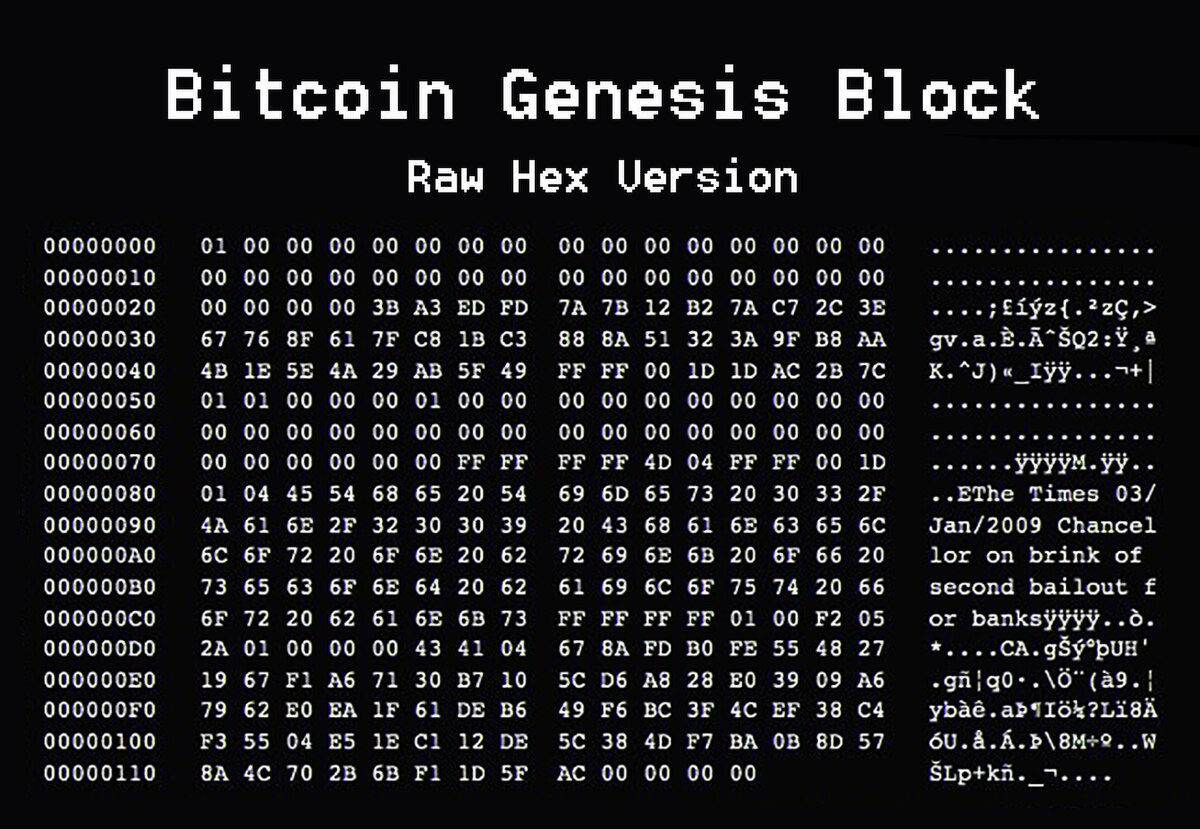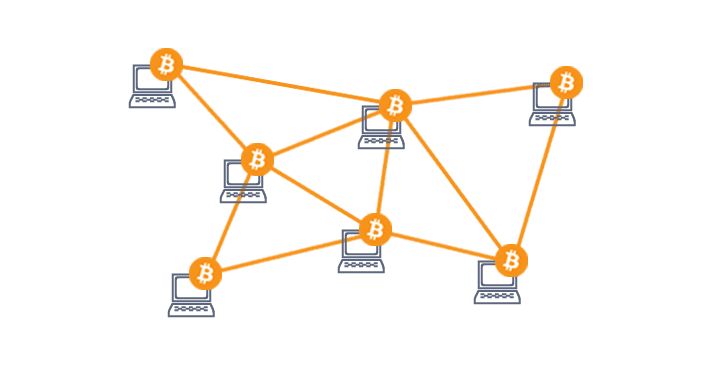Understanding Bitcoin Basics
Bitcoinis a Cryptocurrency but what is that?
Cryptocurrency is a type of digital or virtual currency that uses cryptography for security, making it difficult to counterfeit or manipulate.
Unlike traditional money issued by governments (like dollars or euros), cryptocurrencies operate on decentralized networks, meaning no single authority controls them.
They exist purely in digital form and are stored and transferred using computer networks.
Cryptocurrencies are built on blockchain technology, a system that records transactions across many computers in a secure and transparent way.
Bitcoin, introduced in 2009, was the first cryptocurrency and remains the most well-known.
Other cryptocurrencies, like Ethereum and Litecoin, have since emerged, but Bitcoin paved the way for this new form of money.
The Origin of Bitcoin
Bitcoin was created by an anonymous person or group using the pseudonym Satoshi Nakamoto.
In October 2008, Nakamoto published a whitepaper titled Bitcoin: A Peer-to-Peer Electronic Cash System, outlining a vision for a decentralized digital currency that could operate without banks or governments.
The whitepaper proposed a system where people could send money directly to each other over the internet, securely and without intermediaries.
In January 2009, Nakamoto launched the Bitcoin network by mining the first "genesis" block, marking the birth of Bitcoin.
Nakamoto remained active in the Bitcoin community until 2010, then disappeared, leaving the project to a global community of developers and enthusiasts.
Bitcoin’s open-source nature means anyone can contribute to its development, ensuring it remains independent.
How Bitcoin Works
At its core, Bitcoin is a system for sending and receiving digital money securely.
Here’s a simplified explanation of how it works:
The Blockchain
Bitcoin transactions are recorded on a public digital ledger called the blockchain.
Think of it as a giant, shared spreadsheet that everyone can see but no one can tamper with.
Each "block" in the chain contains a list of transactions, and new blocks are added regularly.
Transactions
When you send Bitcoin to someone, you create a transaction that’s broadcast to the Bitcoin network.
This transaction includes details like the sender’s address, the recipient’s address, and the amount of Bitcoin.
The network verifies the transaction to ensure it’s valid.
Mining
Special computers called miners compete to solve complex mathematical puzzles to confirm transactions and add them to the blockchain.
This process, called proof of work, secures the network and rewards miners with newly created bitcoins.
Decentralization
Bitcoin isn’t controlled by any single entity.
Instead, thousands of computers (called nodes) around the world maintain copies of the blockchain and work together to keep the system running.
This makes Bitcoin resistant to censorship or shutdown.
Key Terms to Know
To understand Bitcoin, you’ll need to grasp a few essential concepts:
Wallet: A digital tool (software or hardware) that stores your Bitcoin and allows you to send or receive it. Think of it like a bank account, but you control it entirely.
Public and Private Keys: Every Bitcoin wallet has a public key (like an account number you share to receive Bitcoin) and a private key (a secret password you keep safe to access and spend your Bitcoin). Losing your private key means losing access to your Bitcoin.
Decentralization: Bitcoin operates without a central authority, like a bank or government. Instead, it relies on a network of users and computers to maintain its integrity.
Nodes: Computers that run the Bitcoin software and keep a copy of the blockchain. Nodes help verify transactions and ensure the network follows Bitcoin’s rules.
By understanding these basics, you’re ready to dive deeper into Bitcoin’s technology, uses, and potential.




